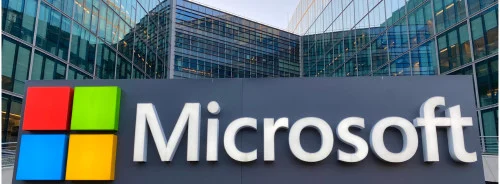HealthManagement, Volume 4 / Issue 4 / 2009
Dear Reader,
As you are well aware, the IT@ Networking Awards 2009 is fast approaching. 79 excellentsubmissions have exceeded our expectations byfar. Only 30 could make it into the first round MINDBYTE Sessions as NOMINEE, leaving uswith top quality projects and an astounding rejectionrate of over 60 percent for a first-time event.
Please show your support for HITM by attending the most innovative healthcare IT event. The peer to peer electronic voting system allows you to judge, on the spot, if a presented solution can help you to overcome today’s challenges, one of HITM’s main objectives.
You still have time to take advantage of our special members rates. We look forward to seeing you on 29 -30 October in Brussels.
Be Part of Healthcare IT Innovation!
The ongoing debate about US healthcare reform seems marked by dated stereotypes. Many supporters of reform speak about the need for a European- style healthcare system in the US. Opponents frequently refer to the damages wreaked by Europe’s supposedly-socialist economic system, which is seen to penalise efficiency and entrepreneurship. Universal health insurance coverage, guaranteed by the State, is considered part and parcel of such a problem.
In reality, both the US and Europe already share significant common ground. Though one in five Americans under 65 lacks coverage, the US Medicare system (for the elderly) and Medicaid (for the poor) is one of the world’s largest publicfunded health insurance systems. Meanwhile, much of Europe’s old State-run health insurance system has brought in American-style reforms, not only in terms of growing involvement by the private sector, but also an increase in rewards for performance and a penalisation of inefficiency.
Indeed, one of the strongest drivers of visible convergence between the European and US healthcare systems may well be healthcare IT, which enhances efficiency and frees up resources for greater equity. Our Cover Story, about on-demand healthcare IT services, shows how a transfer of operational responsibility to vendors could permit a strategic focus by hospitals, to improve IT processes and drive new healthcare initiatives - in other words, encourage efficiency.
This issue of Healthcare IT Management provides a feature on the Colorado Hospital Association’s DATABANK Programme, which has allowed US hospitals to create and compare performance criteria across peer groups, and thereby measure efficiency. There are, however, similar initiatives in Europe. Indeed, the so-called Kiesbeter project in the Netherlands, not only permits such comparison, but goes further in providing Dutch citizens with a tool to select hospitals and affiliated insurance schemes. Such user choice (and freedom) could resonate powerfully with those Americans opposed to Mr. Obama’s reforms.
However, Kiesbeter is unlikely to be familiar to either the Colorado Hospital Association or hospital management elsewhere in the US. But it offers a good example of why both American and European healthcare IT managers need more mutual awareness.
And yet, the role of IT in healthcare reforms is not straightforward. Our UK Country Focus covers the troubled NHS National Programme for IT (NPfIT), billed as the world’s most ambitious and expensive civilian IT initiative. The seven-year old programme, originally scheduled for completion by 2010, has been postponed to 2015. It has also failed to meet many of its technical objectives, and been the subject of intense political and public criticism. Still, in my point of view, it is a commendable programme.
Overall, the NPfIT may provide a foretaste of developments in the US and elsewhere in Europe, as both seek to leverage IT to grapple with soaring healthcare costs.
Yours truly,
Christian Marolt





